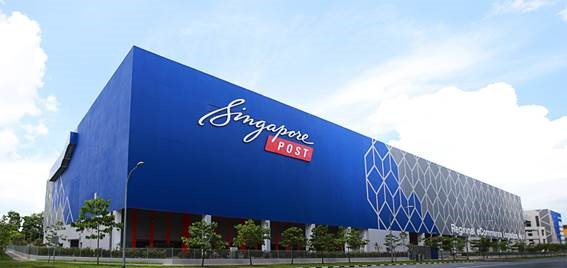
DHL to open Tokyo hub
DHL Worldwide Express plans to open an 18,000-square-meter distribution center near Tokyo in October.
The ¥7 billion ($57 million) center, located between Narita Airport and downtown Tokyo, is part of a nearly $100 million investment by DHL in Japan over the past three years, said John Mullen, DHL’s chief operating officer in the Asia-Pacific region. DHL has also upgraded its service centers in Japan.
Overall, the carrier has invested more than $300 million on improving its infrastructure in Asia. That includes a $30 million upgrading of facilities in Taiwan, including a new terminal in Kaohsiung, the island’s second-largest city.
DHL has invested in every country throughout the region, Mullen said. In China, for example, it has opened 14 new stations over the past 12 months, giving it a total of 39. It anticipates opening another 10 by the end of 2003.
The investments are designed to keep DHL competitive against rivals United Parcel Service and FedEx Corp. UPS opened an intra-Asia hub in the Philippines in April, while FedEx opened a regional hub in Taiwan in the spring to complement its primary Asia hub at Subic Bay in the Philippines.
While its U.S.-based rivals use their own aircraft, DHL relies primarily on commercial carriers. Its largest partners are Cathay Pacific Airways and Northwest Airlines.
DHL has been talking with Cathay about instituting a joint freighter program in Asia, but those talks have not yet produced an agreement. DHL is the principal customer on a freighter that Northwest operates between Tokyo and Cincinnati, the U.S. hub of DHL Airways, five nights a week.
Cathay operates an Airbus A-300B4 freighter wet-leased from another carrier for DHL five nights a week between Hong Kong and Tokyo, but carries most of DHL’s shipments on passenger flights.
DHL claims a market-leading 37 percent share of all express shipments originating in Asia. Mullen declined to estimate the shares of its rivals. Approximately 40 percent of its traffic is intra-Asia, with about 30 percent going to Europe and a little less than that to North America.
Contains market share information















